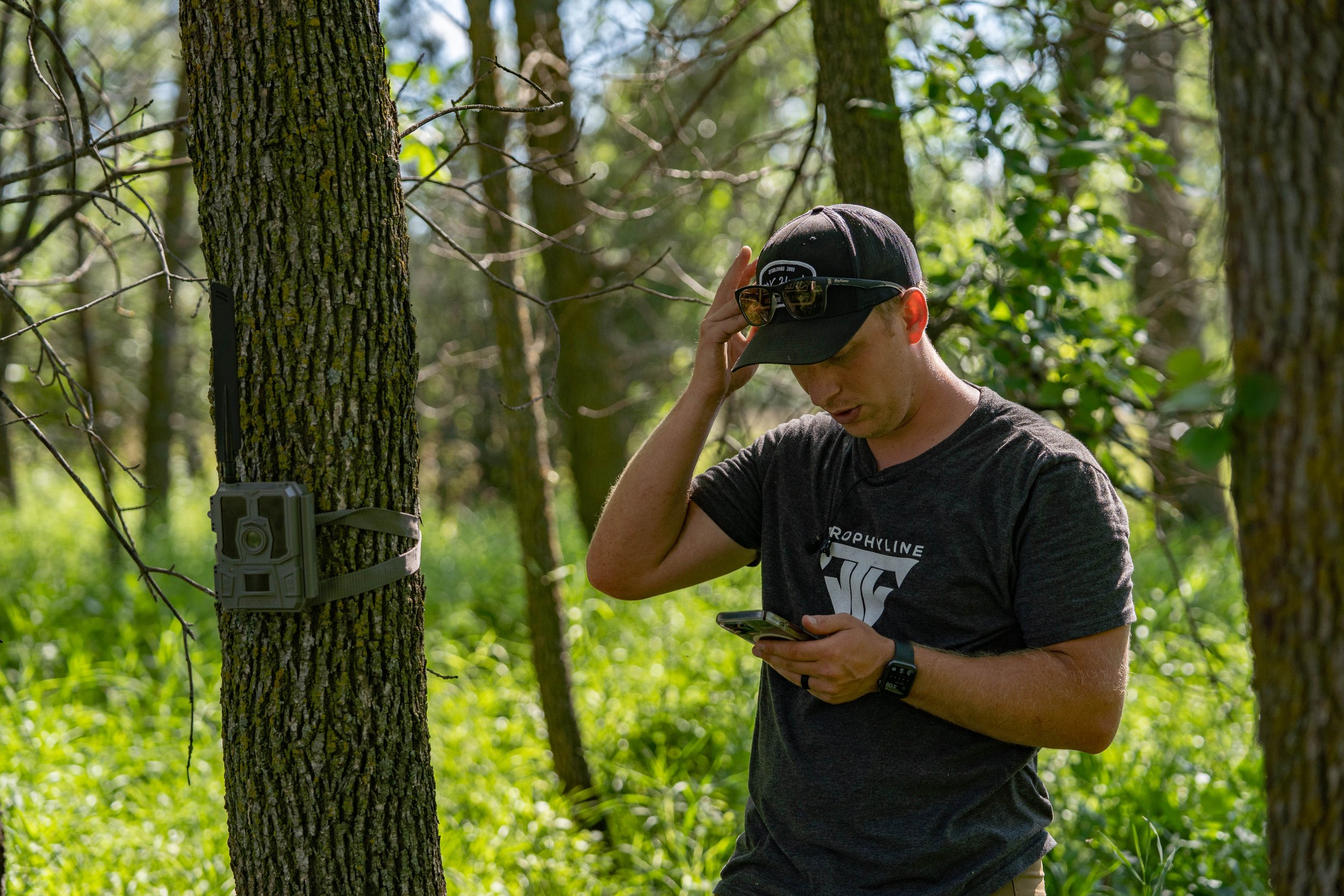By Alex Comstock
Early season hunting can be a very interesting time to be chasing mature bucks. Things can be changing in a hurry with crops coming out and food sources changing seemingly with the snap of a finger. Bucks have shed their velvet now, and a lot of them are shifting their home ranges. You need to be on top on your game and be ready to change on the fly if you want to put yourself in the best position possible to wrap your tag around a buck this time of the year.
Changing Food Sources: Depending on where you you hunt, this impact could vary. For example, in North Dakota, when crops come out, everything changes completely. Bucks have so many places to hide out, but when all of that cover disappears, they have to change up where they bed and feed. Being able to change on the fly is critical. If I go into a spot after a wheat field or bean field is harvested and check a trail camera and try to hunt based on weeks previous data, that might not be worth anything. Things are literally changing on a daily basis. One day there might be a bean field, the next it's gone. If an oak flat starts dropping acorns, boom, deer movement could shift. If you aren't able to adapt to any of these changes, things could be tough for you.
Home Range Shift: With food sources changing, crops potentially coming out, and then the added fact that bucks have shed their velvet now, many bucks' home ranges are changing in some fashion. Some bucks may re-locate a mile, others may stay in the same general area, and some might shift only a small distance. If you keep hunting based on trail camera information and patterns from the summer, things might not work out for you. You need to recognize this, and try to find bucks back again. A great way to do this is by running trail cameras over scrapes or mock scrapes. I've found this to be an exceptional way to locate bucks this time of year, and once you locate them, you can then make your plan of how to hunt them.

A lot of changes are going on with bucks as they shed their velvet, including shifting home ranges in some cases.
Hunting Pressure: If there's a time of the year that deer are most susceptible to minimal hunting pressure, my vote would be during the early season. There's a reason a lot of people will say you only get one shot at a mature buck this time of year, because if you mess it up, he may go nocturnal until the rut, or shift his core home range slightly. If you bump a buck, or have to deal with hunting pressure, don't be afraid to move your stand setups or try something new.
Conclusion: At the end of the day, this time of year can be an interesting time to hunt. With everything that's going on, all that might be needed for a buck to be moving slightly differently is the change of a day. Don't be afraid to adapt, change on the fly, and try something new if needed.































